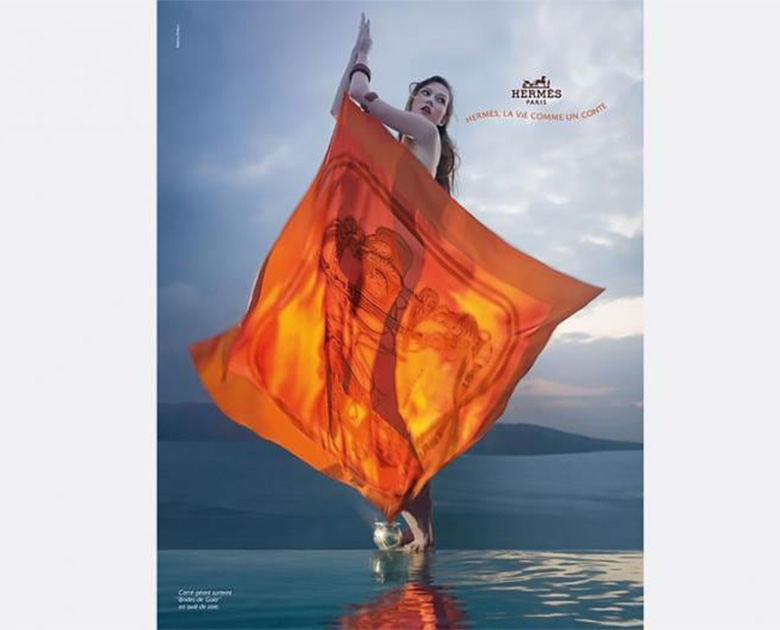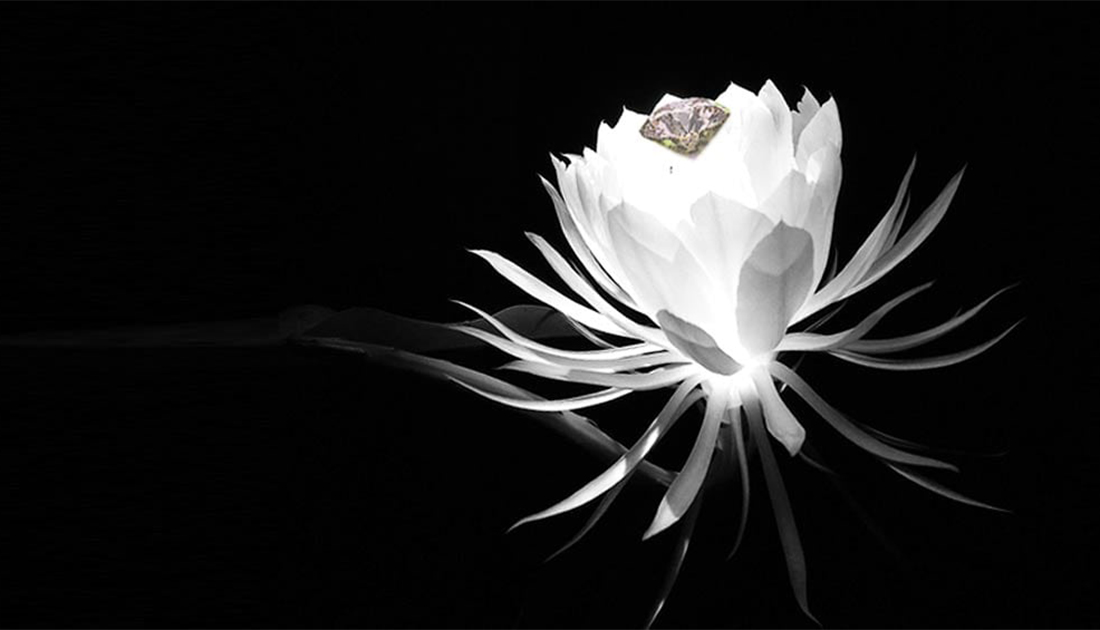Marketing a luxury brand or product
Traditional marketing approaches do not work for the true luxury product. The reality is they can actually cause irreparable damage. Dramatic yes, but the fact is, that a true luxury product is precious, rare and untouchable. What makes it so is a whole other story, but you can get an idea from reading Meta-Luxury: Defining the New Luxury.
Whilst there are many considerations in creating a successful luxury brand management strategy here we will focus on a handful that are the most counter-intuitive to common marketing principles.
Visibility.When marketing a mass market produced, or even a premium product, high visibility is a positive. It is a reassurance to the potential customer. For the luxury product the opposite is true. Every time a new product is purchased, and becomes accessible to the general public’s view, it becomes more common, less exclusive, and less desirable. Every purchase in fact puts a small dent in the brand equity, chipping away at the myth surrounding the brand. For the luxury brand, less is more.
Demand. The luxury brand must not respond to rising demand, this goes hand in hand with visibility. Large volumes and small margins are core to mass market products. When demand goes up, supply must rise to meet it, any delays in doing so are a negative, an annoyance to the customer. With the luxury brand the customer must understand why the product is rare, and with that understanding they are willing to wait. Rarity is managed as part of an intentional strategy. In the words of Hermes CEO ‘When a product sells too much we stop producing it’.
Accessibility.The luxury brand should make it difficult for customers to make a purchase. The level of desire only increases when patience is required. Non-luxury brands do everything possible to facilitate the quickest, most streamlined purchase path. Whilst consumers used to this fast paced, ‘instant gratification’ they are willing to adapt for something that is rare, and coveted.
Testing. Traditional marketing has a love of testing. Testing products with consumers, testing advertising with consumers. Luxury brands do not test (mass premium brands do). Luxury manages to be both contemporary, yet also timeless – something that could not be achieved by pandering to today’s opinions of customers. Luxury is aloof, it does not aim to please. Luxury is personal, a one to one relationship. Assembling a group that can represent a luxury brand’s customers is a contradiction to what luxury is. A luxury brand’s greatest asset is a strong, unwavering sense of identity – luxury brands are themselves, and that is what attracts customers to them.
Cost-cutting. True luxury brands are driven by a constant pursuit. A pursuit for the artistry, the history, the craftsmanship and the purity of the product. They are not driven by the bottom line, or efficiencies, or economies of scale. A focus on cutting costs, so common to premium brands, is of detriment to the luxury brand. True luxury brands are still produced in their location of origin (commonly France, or Italy) – to change the location, would be a change to the essence of what the brand is.
Luxury brands walk a very fine line to maintain balance. To be desirable but not attainable, to be known but not overexposed, to be true to themselves, but still profitable. It’s clear that luxury brands carry with them the need for a very unique set of management and marketing principles. Putting them into practice is an amazing opportunity – it means weaving yourself in to the fabric of a brand with significant pedigree and immense value.












